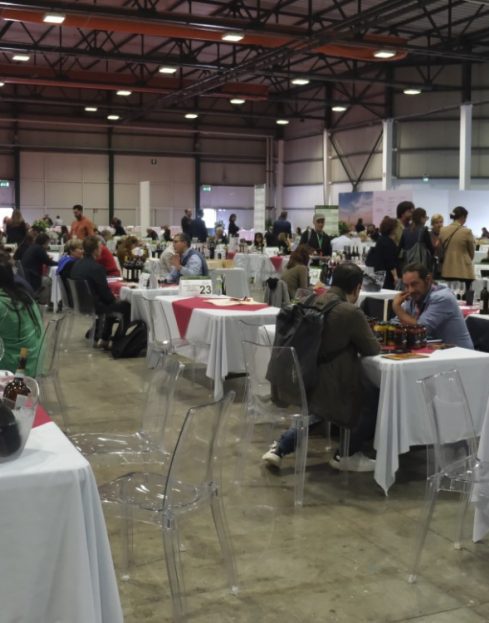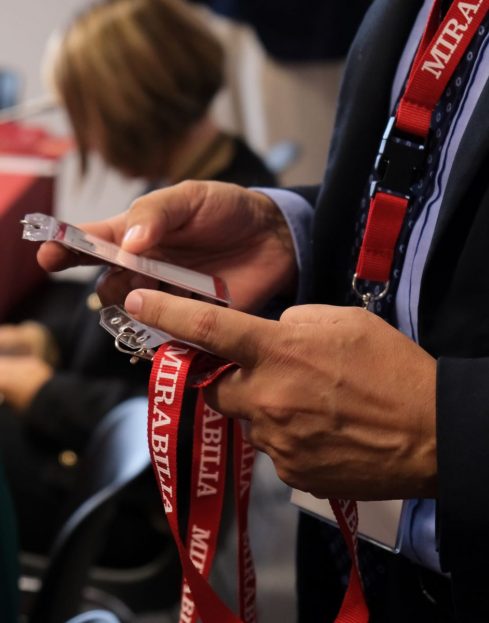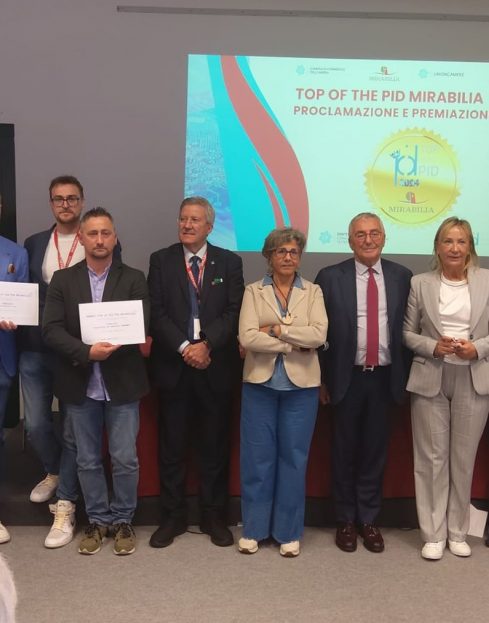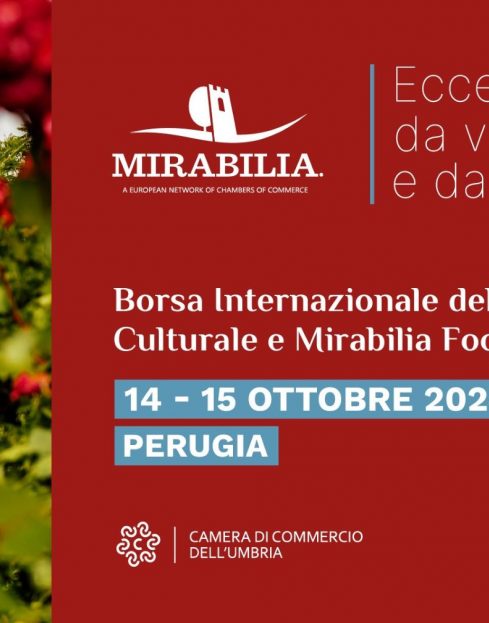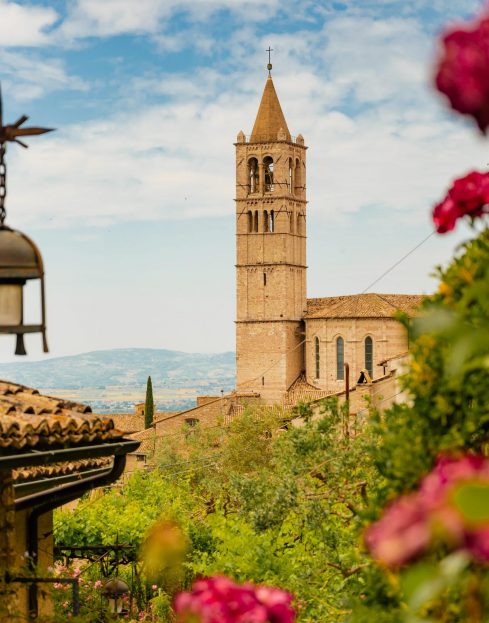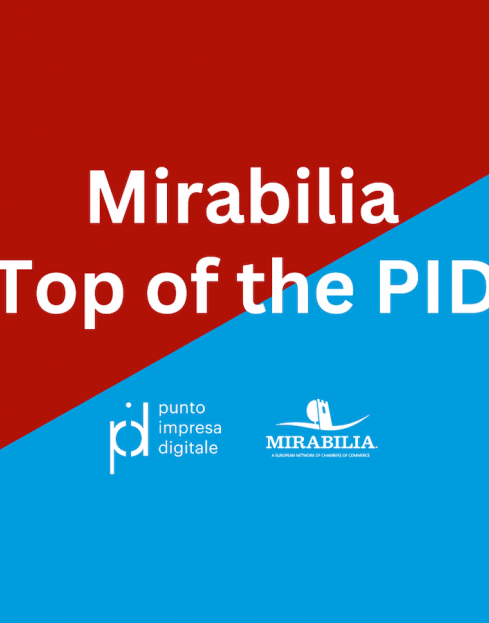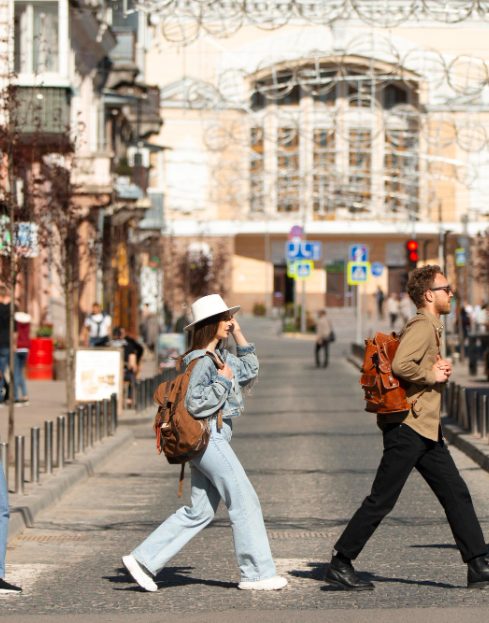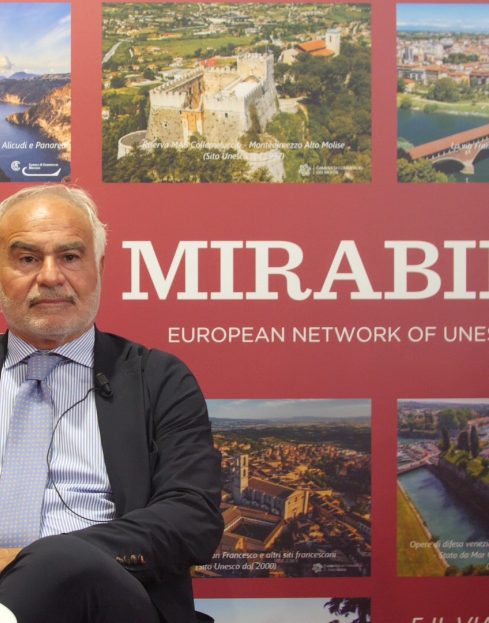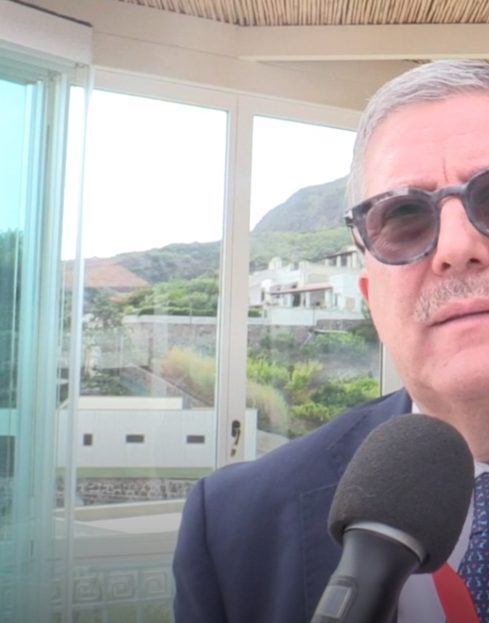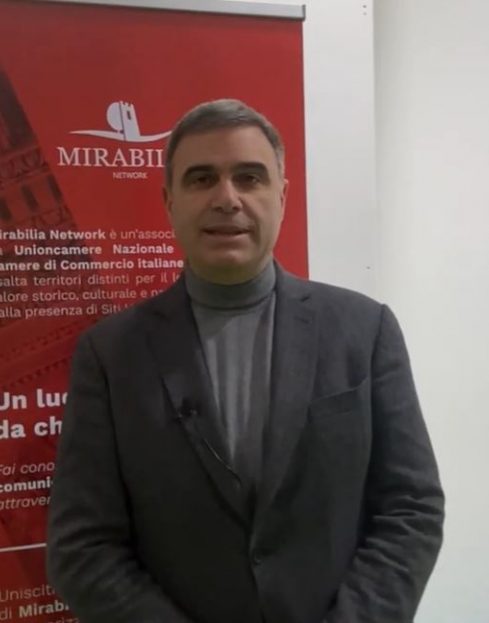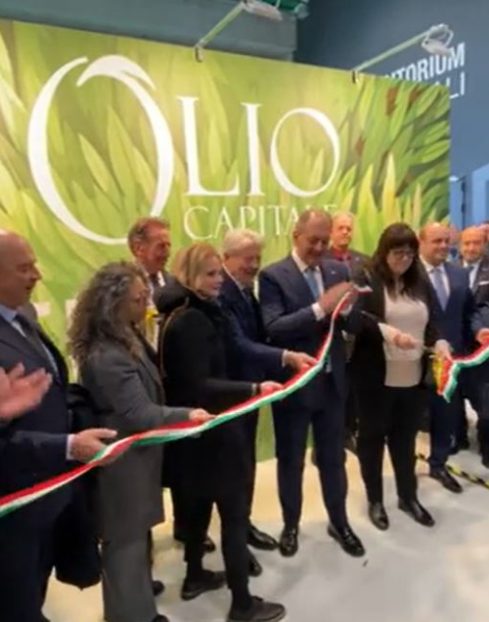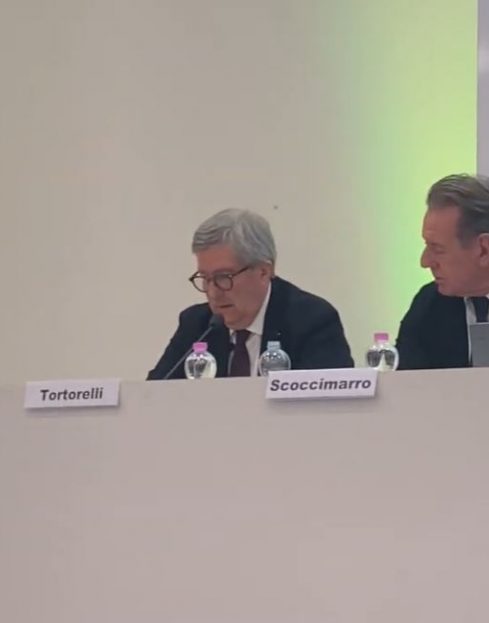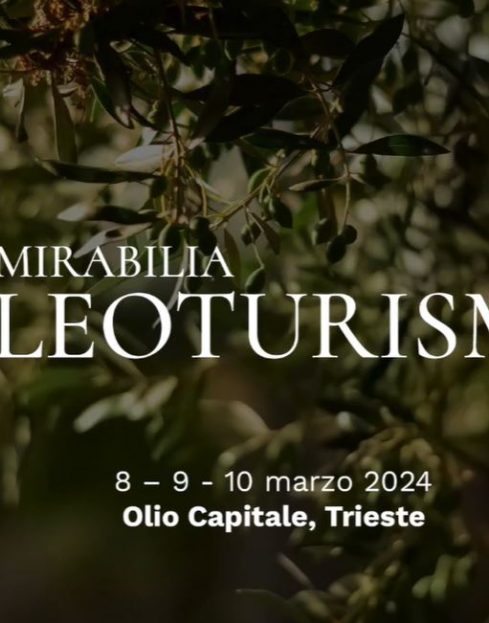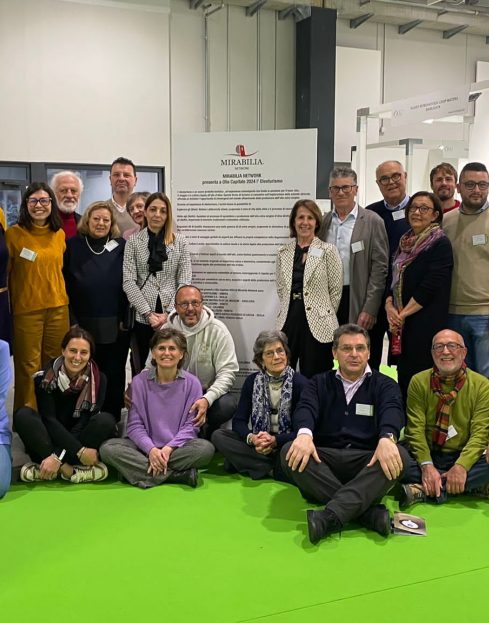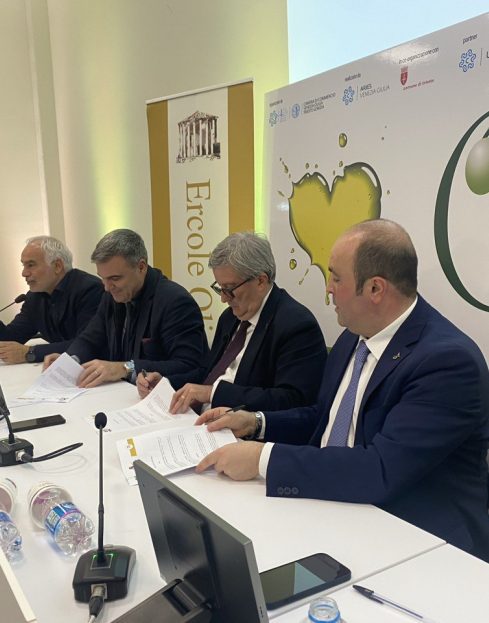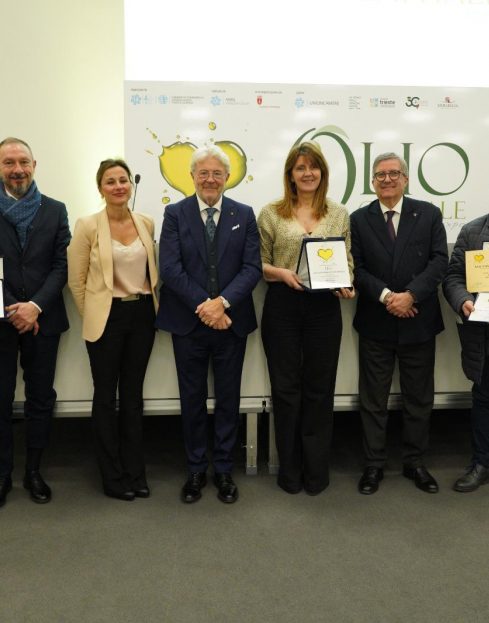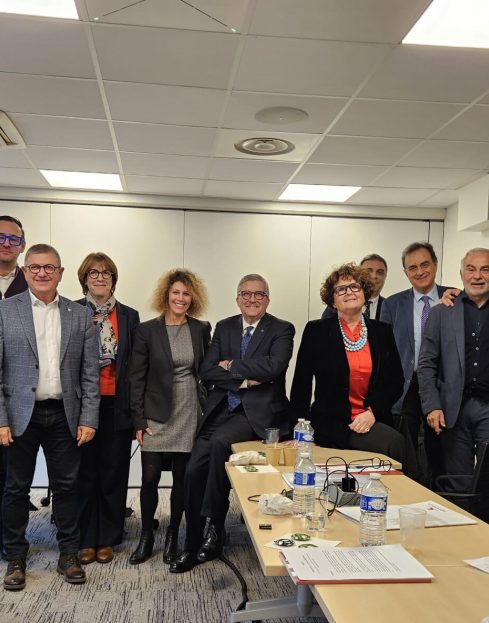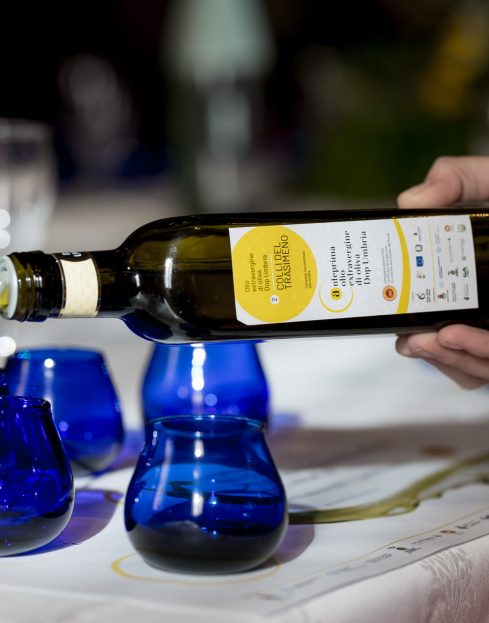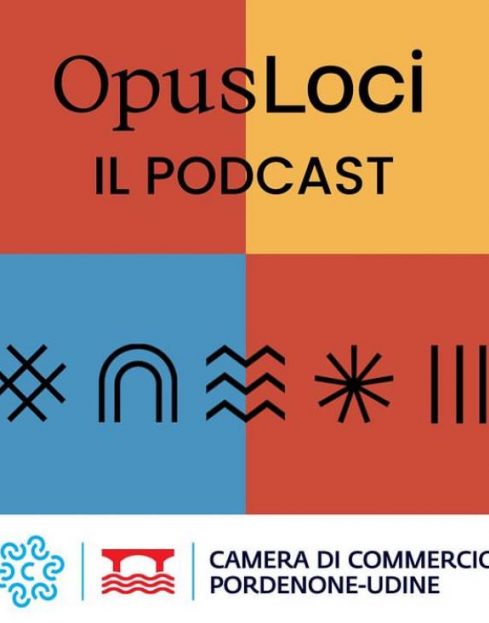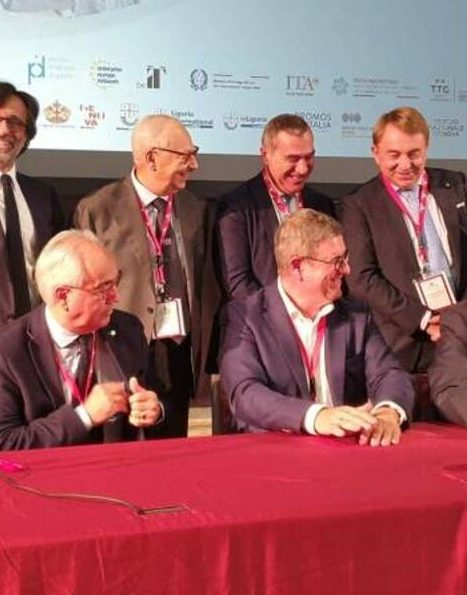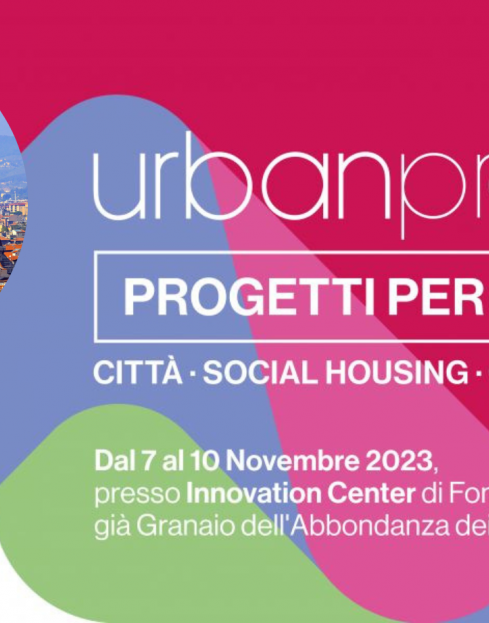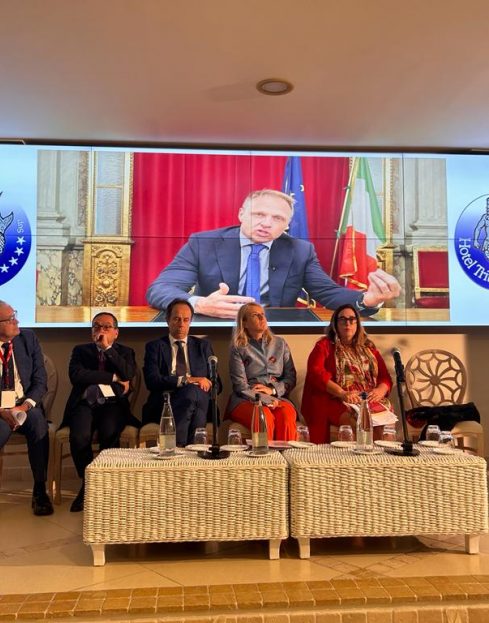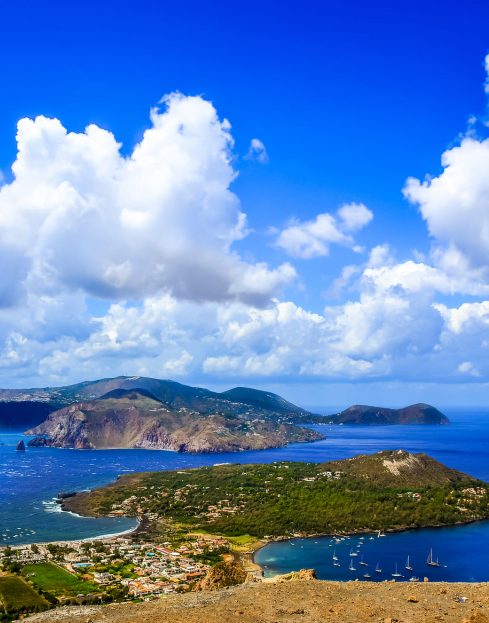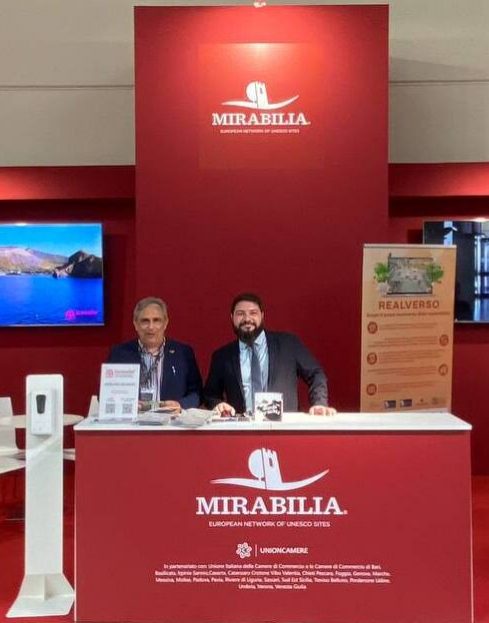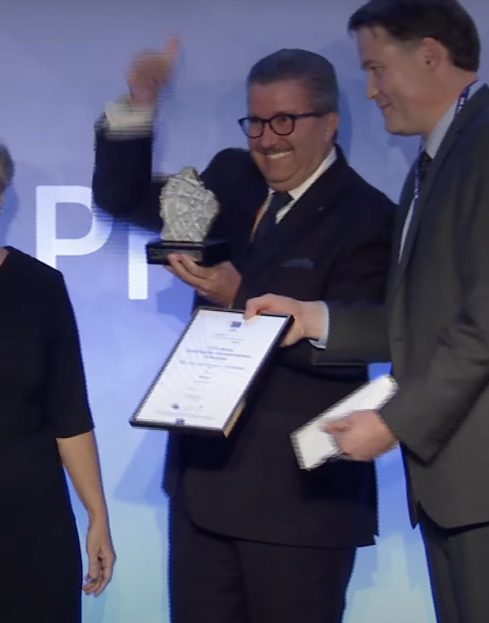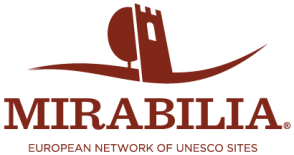The city of Verona
Unesco site since 2002
The city of Verona played, thanks to its geographical location, a role of primary importance in European history, as a crossroads of arts and peoples, armies and cultures.
In the 1st century BC the city of imperial Rome, enclosed by the Adige River, constituted an important management center of the Roman state and its military units. Significant traces of the Roman era remain, from the extraordinary Arena to the Roman Theatre, from the Arco dei Gavi to Porta Borsari, to the archaeological area of Porta Leoni.
In the following centuries, it was dominated by the Ostrogoths, the Lombards, and Charlemagne, always representing a center of primary military and cultural importance. It became an independent municipality in the 12th century and prospered under the Scaligeri family who created the urban layout of the city. In 1405, and for the next four centuries, it was part of the Republic of Venice. It was subsequently occupied by Napoleon and was ceded in 1797 to the Austrians, who emphasized its appearance as a stronghold, making it one of the four fortified cities of the defensive quadrilateral of Lombardy-Veneto. In 1815, following the Congress of Vienna, it was included in the Lombardy-Venetian kingdom annexed to the Austro-Hungarian Empire. In 1866 it became part of the Kingdom of Italy. Verona was a forge of the Arts, a lively center of attraction for artists and writers. Among the many illustrious names, we remember Dante, Mozart, Goethe, and Ruskin. The great William Shakespeare never visited the city but celebrated it in one of his most famous compositions, Romeo and Juliet. Even today Verona, with its elegance and refinement, represents a vital center for culture in Europe.
A characterizing element of Verona is the Arena, the third-largest Roman amphitheater. It boasts two thousand years of adventurous scenarios during which it hosted bullfightings and executions. Today it hosts elegant and much-loved operas.
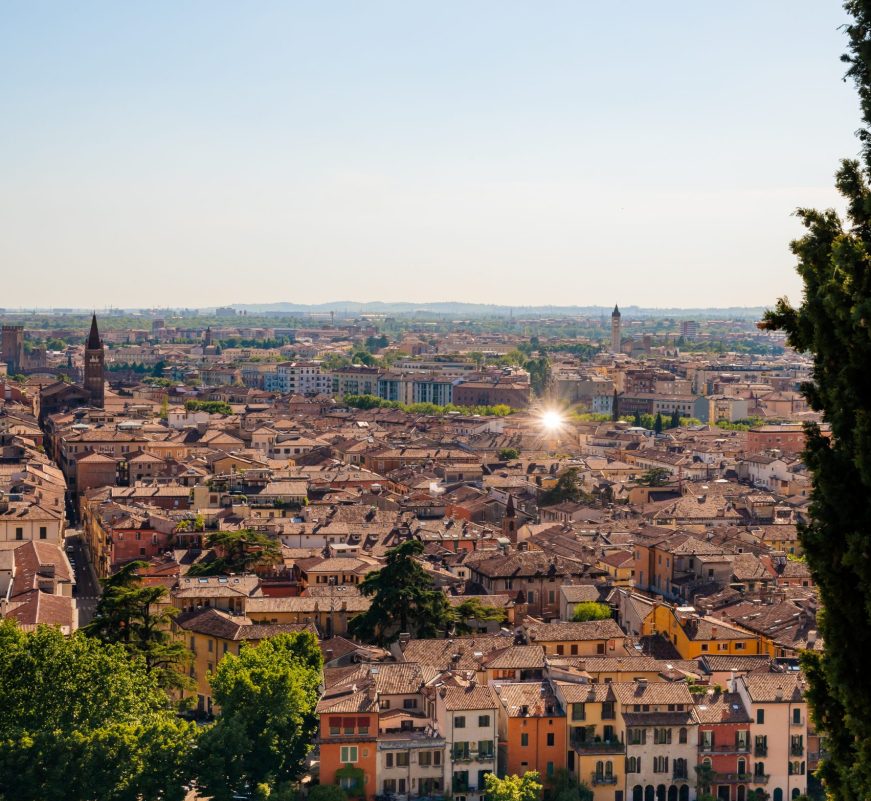
How to
get there
Verona International Airport
Porta Nuova and Porta Vescovo train Stations
A4 Milan- Venice highway
A22 Brennero-Modena highway
Activities

cycling
trekking

excursions
Latest
News
from CamCom
The Mirabilia Network Association aims to promote the territories and paths in the UNESCO World Heritage sites supported by the Chambers of Commerce of:




